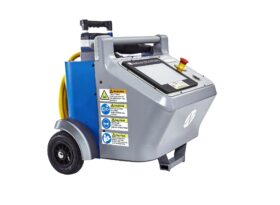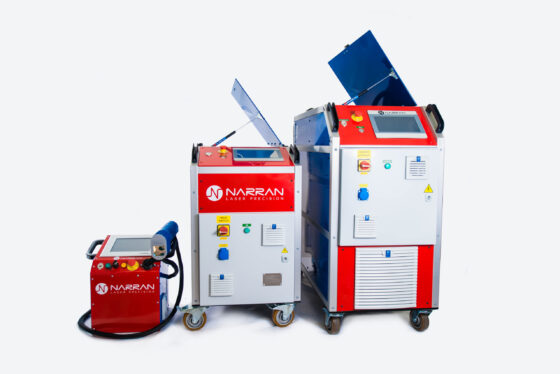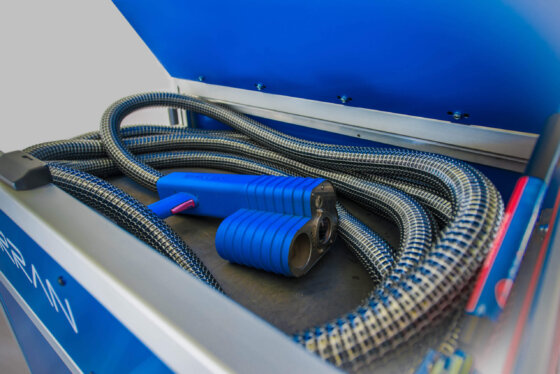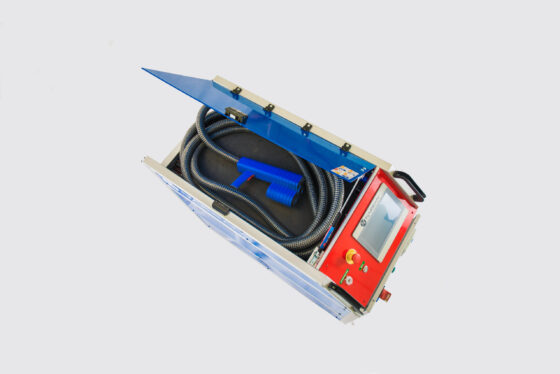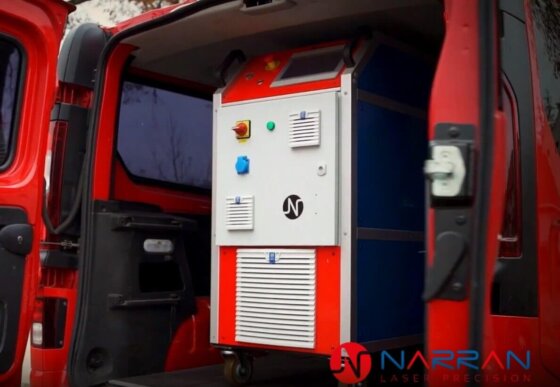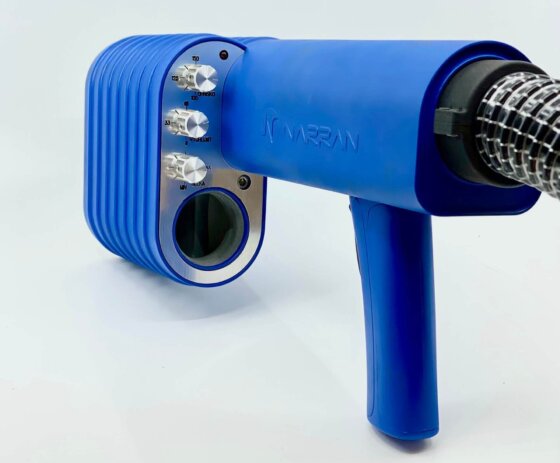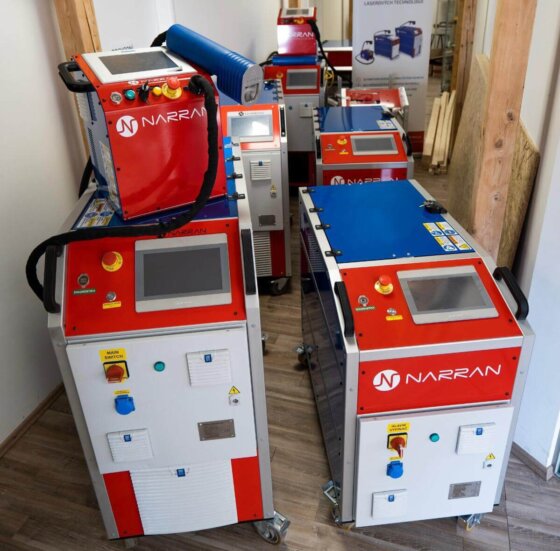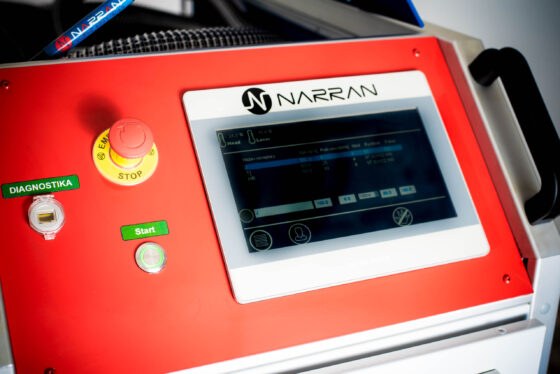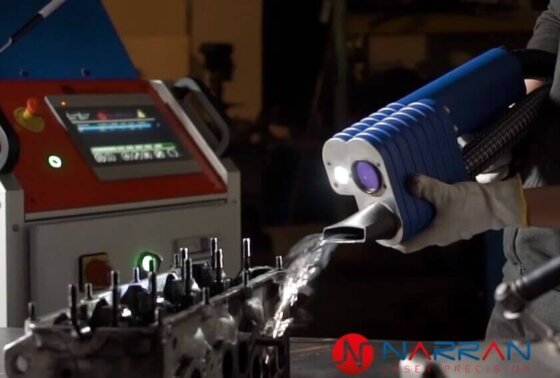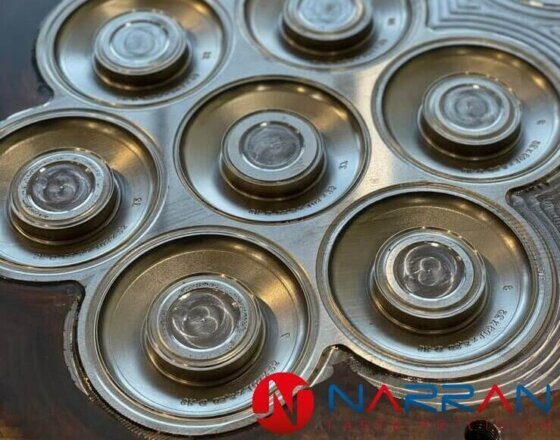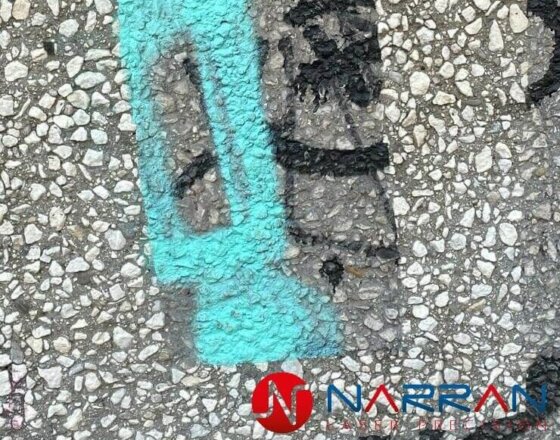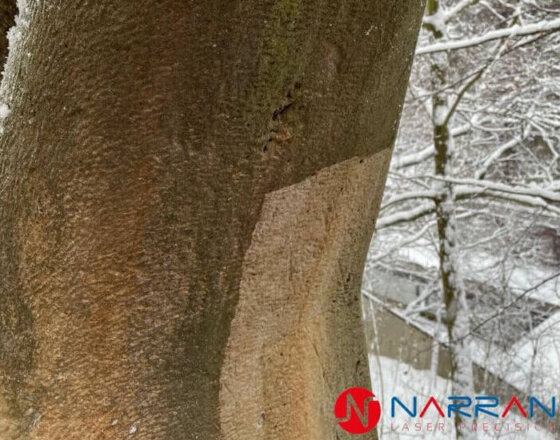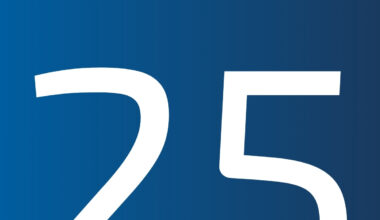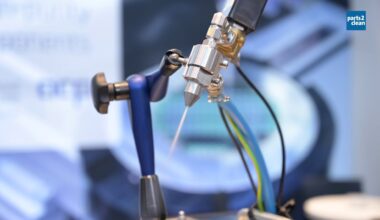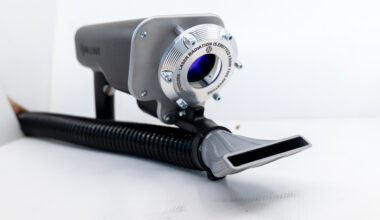Is buying a cleaning laser worth it?
One of the most common questions is quite logically a question about the price. If you look at it only in terms of price, it will always look like a large sum of money. Lasers are not and probably never will be cheap technology.
Generating a laser beam requires (among other things) advanced knowledge of physics, countless high quality components, specialized workplaces for scientists, engineers, physicists, specialized clean rooms for assembly, expensive patents and many other requirements. When you have all this, a laser resonator will give you a beam that needs specific parameters for the given process according to the quality needs. Unfortunately, we need high-quality ones for laser cleaning of many surfaces (unlike, for example, laser cutting), thus high beam quality, very short pulses (nanoseconds), high energy and average power. (We have described the difference between a high-quality and a low-quality laser for you in a case study here:)
Due to the fact that the price of individual models varies according to the configuration from 40,000 to 250,000 EUR (for most applications, models with a price of around 100,000 EUR are enough) you need to get such a value that the technology gives you an interesting financial return.
Where is the greatest value of our lasers? Laser technology is:
When set correctly, the laser system does not damage the base material, even in the slightest. No cleaned material removal or thermal deformation . The laser is especially suitable for uses where the object to be cleaned has a high monetary or historical value.
The laser is up to 5 times faster than conventional technologies in its powerful applications.
These are usually the following: removal of grease, oxides, surface rust, primers.
The laser is able to achieve the same results every time , as the user can easily select, save and name individual tasks and parameters for easy re-cleaning.
Depending on the needs of the application, the laser can be designed and integrated into production lines, built into a robotic workplace or delivered as a portable mobile unit for a wide range of applications.
While the laser requires a relatively high initial investment, its operation is extremely easy . Electricity consumption is in the order of kilowatt units (depending on the model), so we usually state for the calculation that an hour of cleaning costs less than 1 EUR / hour. In this price is included cover glass, electricity, wear of filters (where it is necessary to filter). Nothing else is changed regularly on the laser, so the cost of operating the laser is within these limits.
The service life of laser diodes is more than 100,000 operating hours , in days it is 4166.66 days or 11.41 years of continuous operation. The latest laser sources even report a service life of 200,000 operating hours. The laser source makes up more than 50% of the price of the entire machine, so we highly recommend that you be interested in this component, its quality, durability and manufacturer, because it is an element on which low-quality manufacturers most often try to save. (see case study here )
Very low power and electricity consumption, laser cleaning does not generate much waste, unlike other methods it does not produce a contaminated cleaning medium nor does it emit a disproportionate amount of noise. All this makes this method of cleaning a very ecological and nature-friendly method suitable for use in the 21st century.
The laser cleaning market was valued at $ 580.4 million in 2020 and is expected to reach $ 762.2 million by 2027. Source
These are some of the advantages, why this technology is exceptional in most aspects, and why you should consider investing.
Now we will try to explain to you what to do with the laser, what to focus on, how much to charge for the work and what doesn’t make sense, and if so, only marginally.
One of the most common questions is how much to charge for work, what is the price per hour or for cleaning an area, let’s say 1m2.
We recommend customers to price laser cleaning as a whole, ie by a work contract. Since cleaning can be many times faster or cheaper than traditional technology, it usually doesn’t make sense to be paid at an hourly rate or by cleaned area size.
Example:
The customer cleans industrial molds usually mechanically, chemically, or with dry ice. The cleaning time with the current technology is 8 hours (take out the mold, let it cool down, clean it, heat it, put it back on), it is also necessary to take into account the cleaning costs. You can clean everything with a laser within 1 hour and usually directly in the machine. So it doesn’t make much sense to get paid for just an hour of work, but to some extent also the fact that the customer can produce more than 7 hours earlier, ie generate income.
Unless it is otherwise possible, ie to agree on the price for the work, the rates are within the following limits:
Price per hour of laser work:
If we talk about the hourly rate, it most often ranges from 40 – 140 EUR / hour depending on the model, the state where the laser is operated and also the range of hours of cleaning.
Price for m2:
This rate is very individual with really big differences according to the possible application, ie what we need to clean/remove and of course also according to the performance of the model. It can be lower units of meters per hour, or up to 10m2/hour, the price will also depend on that.
And what to focus on so that the return is as short as possible? (especially for companies that want to add a laser to the portfolio of services or start a business in this field)
Clean everything that is very expensive, rare, historically valuable, irreplaceable, or the emphasis is on 100% preservation of properties, dimensions – where it is not possible or conceivable to use any mechanical force (wire brush, cutter, sandblasting, ice, … ). There are, of course, many other things to do with a laser, but the ones listed below are the key ones for the fastest possible laser return: rare cars, injection or casting molds, mechanical components, components such as motors, gearboxes, turbines, gluing/soldering/coating production lines, foams, vacuum chambers… historical objects – buildings, monuments, bridges, graffiti…
Examples
Read more about our cleaning lasers:


